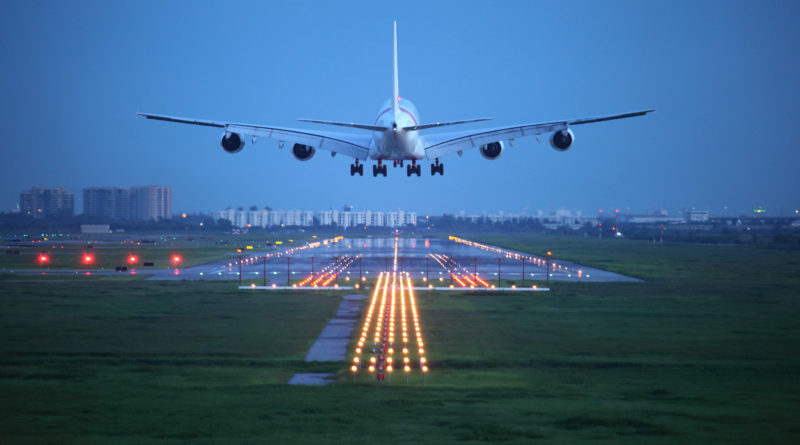Everything We Know About the Ethiopian Airlines Crash
23,373 total views, 1 views today
On Sunday, March 10, an Ethiopian Airlines flight departing the Ethiopian capital of Addis Ababa for the Kenyan capital of Nairobi crashed six minutes after taking off. All 157 people aboard the plane were killed.
Although the cause of the crash is not yet known, many other details have emerged in the two days since. Much reporting on the crash has centered around the plane itself, a Boeing 737-8 MAX. American and European flight regulators approved the MAX configuration for flight use only two years ago; the plane that crashed on Sunday was four months old. However, it wasn’t the first 737-8 MAX to have a major crash; in October of last year, a 737-8 MAX flying from Jakarta, Indonesia on Lion Air crashed shortly after takeoff, killing all 189 people on board. Although the MAX has been involved in two recent crashes, the Boeing 737 is the most widely used passenger plane model; nearly 10,000 have been manufactured in the past half-century.
Ethiopian Airlines — which has a safety record similar to that of other major airlines — is far from the only airline that has used the 737-8 MAX. Although both it and Cayman Airways halted all use of their 737-8 MAX planes in the wake of Sunday’s crash, American Airlines and Southwest Airlines — which is currently in the midst of a scandal of its own — intend to still use theirs. Similarly, airlines including but not limited to Norwegian, Icelandair, and WestJet have announced that they’ll keep flying their 737-8 MAX planes as well.
Some countries’ government air travel agencies have stepped in to impose rules of their own. In China and Indonesia, all 737-8 MAX planes are grounded until further notice. In the U.S., U.K., and Europe, although no planes have been grounded, each region’s corresponding aviation agency has issued statements addressing travelers’ concerns, and the Federal Aviation Agency has promised to assist Ethiopian investigations into the crash. Other investigative parties will include Boeing, the U.S. National Transportation Safety Board, and the Ethiopian Civil Aviation Authority.
As more details about the role of the 737-8 MAX in the Ethiopian Airlines crash emerge, so too do details about the victims. The 157 people killed spanned 35 nationalities, including 32 people from Kenya, where the flight was headed, 18 Canadians, and eight Americans, including a third-year Georgetown Law student. Several workers with the United Nations’ World Food Programme were also on board.
Perhaps most important, though, among the post-crash developments so far is the recovery of the plane’s black box recorder from the crash site. This device is expected to contain technical details about the flight and voice recordings from the cockpit, and all of this information could prove vital to understanding why the plane crashed and preventing future crashes. As it currently stands, the only relevant information available comes from unofficial sources such as the tracking website Flightradar24.
In the coming days and weeks, investigators expect to learn far more about what caused the crash. In the meantime, Ethiopian Airlines’ Twitter is posting updates in real-time and may be the best source of information moving forward.

